Benefits of the Strawberry Guava Plant (Psidium cattleianum)
The Strawberry Guava plant, scientifically known as Psidium cattleianum, is a versatile, evergreen shrub or small tree native to Brazil. It belongs to the Myrtaceae family and is widely admired for its attractive foliage, fragrant flowers, and delicious, aromatic fruit. Also known as Cattley guava or cherry guava, this plant has gained popularity not only for its ornamental charm but also for its ecological, culinary, and medicinal benefits. In this comprehensive guide, we explore the multiple advantages of the Strawberry Guava plant and why it is an excellent addition to gardens, farms, and landscapes worldwide.
The Strawberry Guava plant is much more than just a pretty shrub.
1. Nutritional Benefits of Strawberry Guava Fruit
One of the most remarkable aspects of the Strawberry Guava plant is its fruit, which is rich in essential nutrients.
a. High in Vitamin C
Strawberry guavas contain a significant amount of vitamin C—more than oranges in many cases. This powerful antioxidant helps strengthen the immune system, promotes healthy skin, and protects the body from free radicals.
b. Fiber-Rich
The fruit is an excellent source of dietary fiber, aiding digestion, preventing constipation, and supporting a healthy gut microbiome. High-fiber diets are linked to reduced risks of heart disease, diabetes, and obesity.
c. Low in Calories
Strawberry guavas are low in calories, making them ideal for weight-conscious individuals. They provide a sweet treat without the guilt of consuming high-sugar, processed snacks.
d. Packed with Antioxidants
In addition to vitamin C, the fruit contains polyphenols and flavonoids that offer antioxidant protection. These compounds are known to reduce inflammation and the risk of chronic diseases.
2. Culinary Uses and Benefits
Strawberry guava fruit is not only healthy but also incredibly versatile in the kitchen.
a. Eaten Fresh
The fruit can be enjoyed fresh off the tree. It has a sweet, tangy flavor with a hint of strawberry and tropical notes, making it a delight for fruit lovers.
b. Juices and Smoothies
Strawberry guava can be blended into juices or smoothies, offering a refreshing and exotic taste while delivering a boost of nutrients.
c. Jams, Jellies, and Sauces
Its natural pectin content makes it ideal for making jams, jellies, and sauces. The vibrant red color and unique flavor enhance both sweet and savory dishes.
d. Desserts and Baked Goods
From pies and cakes to puddings and tarts, the fruit complements a variety of baked recipes. Its tangy-sweet profile pairs well with other fruits and ingredients.
3. Medicinal and Herbal Benefits
For centuries, Strawberry Guava has been valued in traditional medicine. Various parts of the plant, including its leaves and bark, are known to offer several healing benefits.
a. Antibacterial Properties
Studies have shown that guava leaves have antimicrobial properties that help fight infections. A decoction of the leaves can be used to treat sore throats, mouth ulcers, and other bacterial conditions.
b. Antidiarrheal Uses
In folk medicine, guava leaf tea is used as a natural remedy for diarrhea and digestive issues. It helps reduce inflammation in the intestines and restores gut balance.
c. Blood Sugar Regulation
Some studies suggest that guava leaf extracts may help lower blood glucose levels, offering potential support for people with type 2 diabetes.
d. Skin Health
The antioxidant-rich leaves can be used in facial steams or homemade masks to treat acne, blackheads, and oily skin. They help tighten pores and reduce inflammation.
4. Environmental Benefits
Strawberry Guava plants are beneficial to the environment and play an important role in sustainable landscaping.
a. Drought Tolerance
Once established, the plant is highly drought-tolerant. It requires minimal water compared to other fruit-bearing trees, making it suitable for xeriscaping and dry climates.
b. Air Purification
Like many other evergreen shrubs, the Strawberry Guava plant helps filter pollutants and improve air quality. It absorbs carbon dioxide and releases oxygen, contributing to a healthier environment.
c. Soil Stabilization
Its strong root system helps prevent soil erosion, especially on slopes or in areas prone to heavy rains. This makes it a great option for landscape restoration projects.
d. Pollinator Support
The plant produces small, white, fragrant flowers that attract bees, butterflies, and other pollinators. It supports local biodiversity and enhances pollination in nearby crops and gardens.
5. Easy to Grow and Maintain
One of the biggest advantages of Strawberry Guava is its adaptability and low maintenance requirements.
a. Grows in Various Soils
It thrives in different soil types, including sandy, loamy, and even slightly acidic or alkaline soils, as long as there is good drainage.
b. Suitable for Containers
Strawberry Guava can be grown in pots or containers, making it an ideal fruiting plant for small gardens, patios, or balconies.
c. Pest and Disease Resistance
This hardy plant is naturally resistant to many pests and diseases, reducing the need for chemical treatments and promoting organic gardening practices.
d. Pruning and Shaping
The plant responds well to pruning, which allows growers to control its shape and size. It can be grown as a bush, hedge, or small ornamental tree.
Note:The Strawberry Guava plant is much more than just a pretty shrub.
6. Ornamental and Aesthetic Appeal
Beyond its health and environmental benefits, Strawberry Guava is also admired for its beauty.
a. Attractive Foliage
It features glossy, deep-green leaves that provide year-round interest. New growth often emerges with a reddish hue, adding contrast and vibrance to the landscape.
b. Fragrant Flowers
The dainty white blossoms are not only beautiful but also sweet-smelling, making them a delightful feature in gardens.
c. Colorful Fruit Display
The vivid red or purple fruit adds a splash of color and attracts birds, giving life and movement to the garden space.
d. Versatile Landscaping Plant
Whether used as a privacy hedge, standalone specimen, or container plant, Strawberry Guava complements a wide range of garden designs, from tropical to modern.
7. Economic and Commercial Potential
The Strawberry Guava plant holds potential for small-scale farmers and entrepreneurs due to its productive yield and marketable fruit.
a. High-Yielding
The plant can produce fruit multiple times a year in favorable climates, with hundreds of fruits per tree during peak season.
b. Market Demand
There is a growing market for exotic fruits and health-focused products, making Strawberry Guava a lucrative crop for fruit vendors, farmers’ markets, and specialty food producers.
c. Value-Added Products
Entrepreneurs can create juices, jams, herbal teas, beauty products, and nutritional supplements using different parts of the plant.
d. Sustainable Farming
It can be cultivated using organic methods, helping promote environmentally friendly farming practices while reducing input costs.
8. Wildlife Attraction and Habitat Value
Strawberry Guava is beneficial to wildlife in multiple ways.
a. Food Source for Birds and Animals
The ripe fruit is a favorite among birds, squirrels, and other animals, offering a natural food source and encouraging ecological balance.
b. Shelter for Insects and Birds
Its dense foliage provides nesting areas and protection for birds and beneficial insects, helping support a healthy ecosystem.
9. Cultural and Historical Significance
In various cultures, Strawberry Guava has been used for generations in traditional medicine, food preparation, and rituals.
a. Used in Folk Remedies
Indigenous communities have long used the plant for healing and nourishment, relying on its leaves, bark, and fruit in herbal preparations.
b. Symbol of Health and Prosperity
In many regions, guava plants, including the Strawberry Guava, are considered symbols of health, fertility, and prosperity, often planted near homes for good luck.
10. Potential in Climate-Resilient Agriculture
As climate change affects traditional farming, Strawberry Guava presents a resilient crop option.
a. Adapts to Diverse Climates
It can grow in tropical, subtropical, and even mild temperate zones, making it a valuable crop for changing weather patterns.
b. Minimal Inputs
Strawberry Guava requires fewer chemical inputs and irrigation, reducing the environmental impact of agriculture and supporting sustainability goals.
Conclusion
The Strawberry Guava plant is much more than just a pretty shrub. It offers a multitude of benefits—from providing delicious, nutrient-rich fruit to supporting environmental sustainability and biodiversity. Its easy maintenance, resistance to pests, and adaptability make it a perfect choice for home gardeners, landscapers, and commercial growers alike. Whether you’re interested in growing your own superfood, enhancing your garden’s beauty, or supporting local ecosystems, Strawberry Guava is a plant that delivers on all fronts.
By incorporating Strawberry Guava into your green space or farming project, you’re investing in a plant that rewards you with health, flavor, beauty, and environmental harmony.
Would you like this content formatted for a blog or article layout (with headings, SEO tags, etc.)?
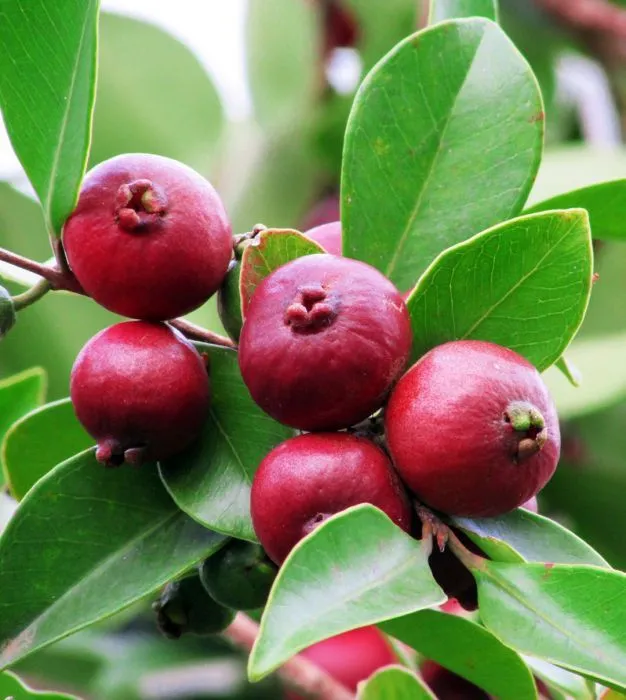

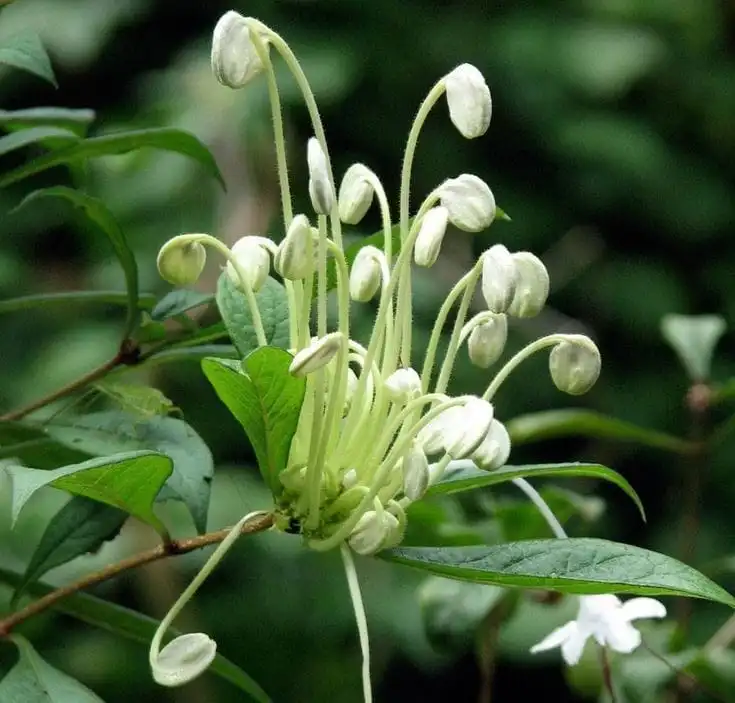




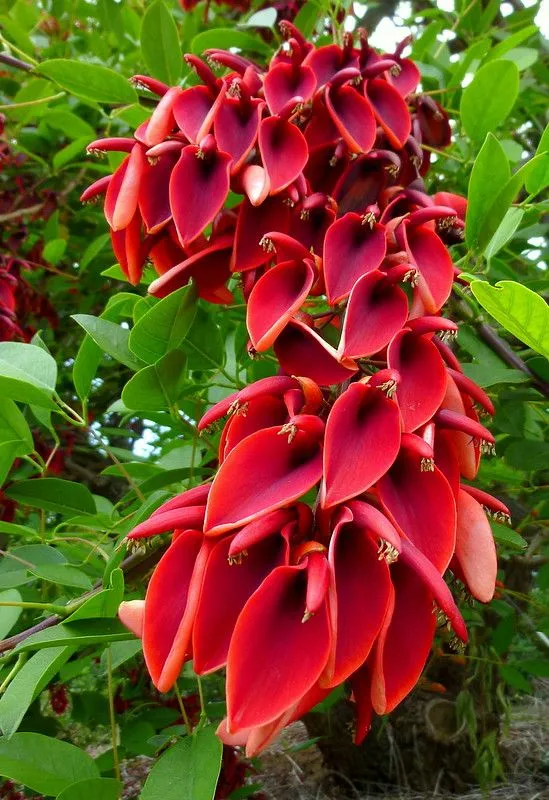

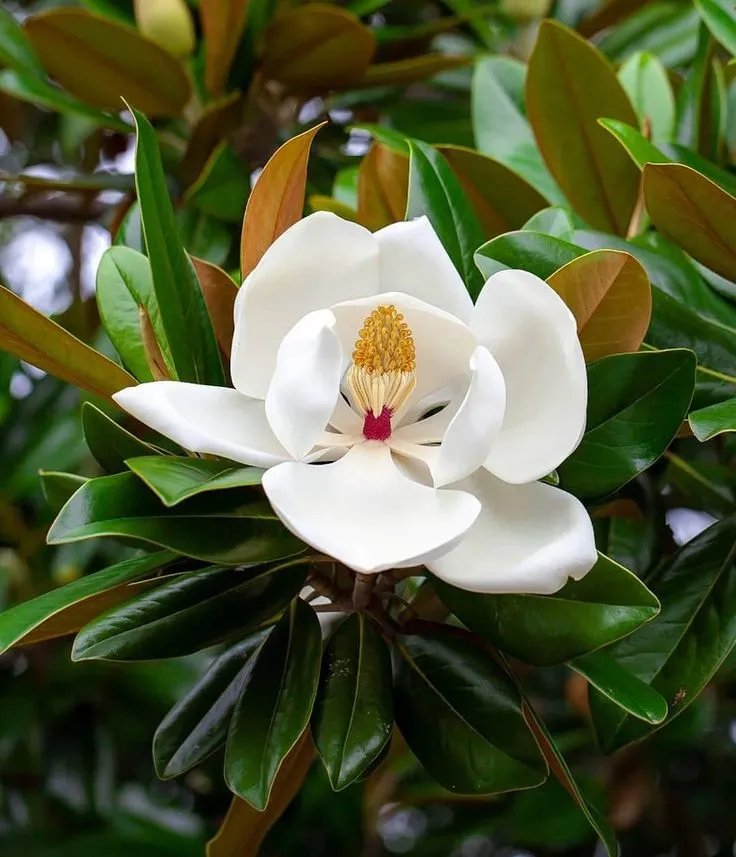
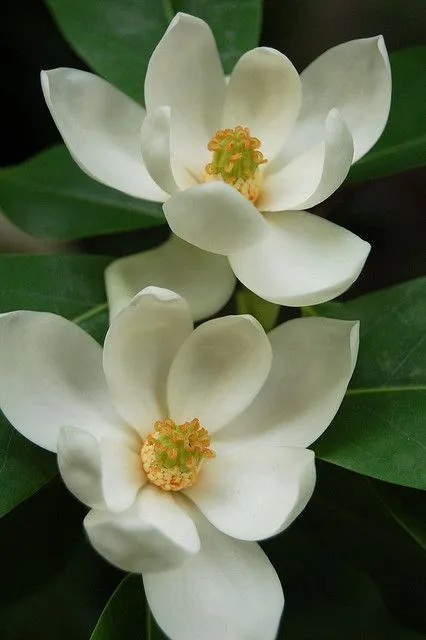

Leave a Reply